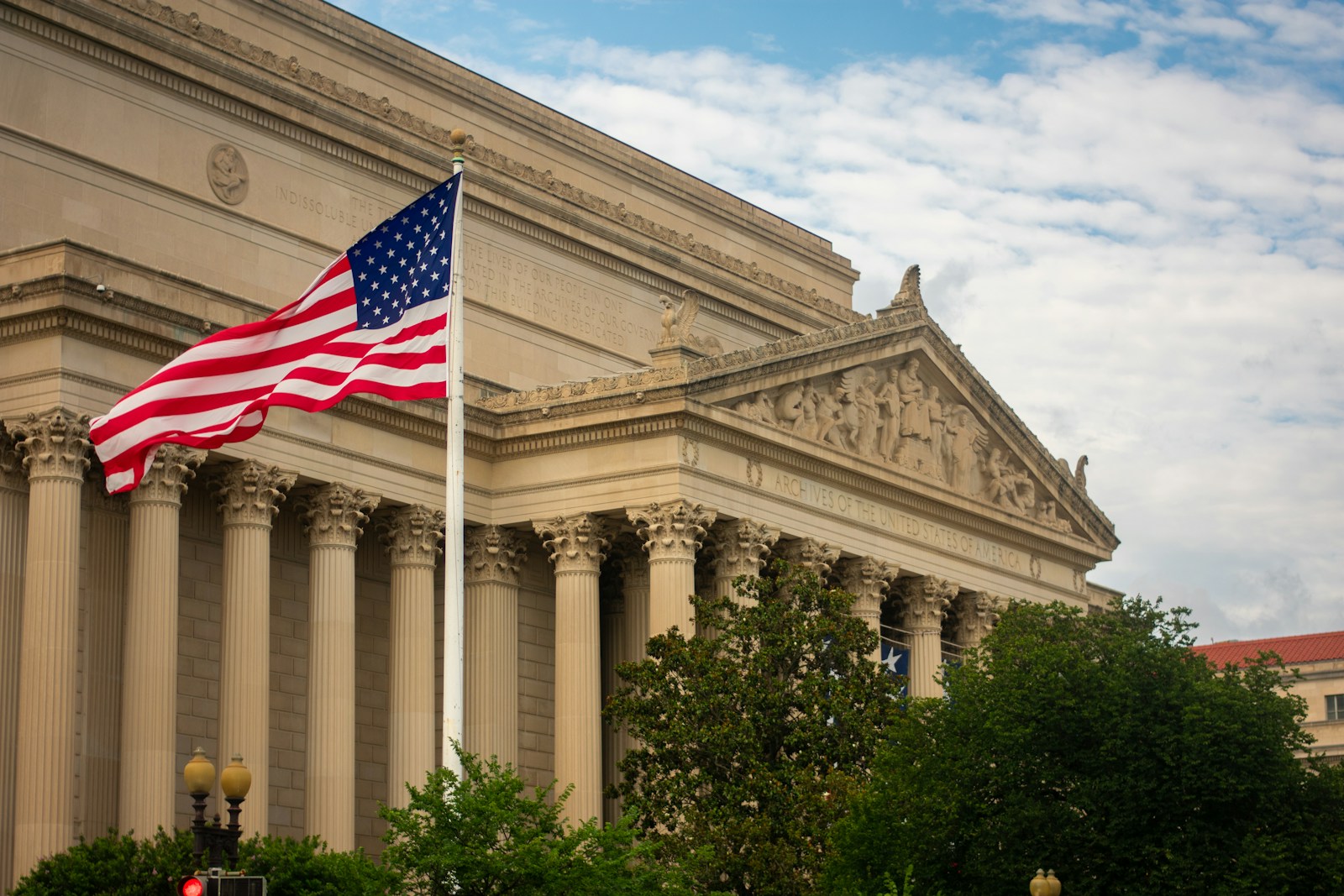Key takeaways
• Ontario ran an anti-tariffs ad using Ronald Reagan’s own words
• The ad warned that high tariffs lead to trade wars and job losses
• President Trump blasted the ad and threatened higher tariffs on Canada
• A Supreme Court case on presidential tariff power could reshape US trade
President Trump reacted with anger when Ontario’s anti-tariffs commercial aired. He posted that the ad was a fraud meant to sway the Supreme Court. In fact, he even threatened to jack up US duties on Canadian goods. His fury shows just how worried he is about a court ruling on his authority to set tariffs.
Ontario Uses Reagan to Attack Tariffs
During a major sports event, Ontario aired a spot featuring former President Reagan. The ad quoted Reagan warning that high tariffs spark fierce trade wars. He said that tariffs raise prices, shrink markets, and cost millions of jobs. Next, the ad cut to captioned text urging viewers to oppose President Trump’s tariff policies.
Reagan’s words hit close to home. They reminded many that tariffs can backfire on American workers and consumers. Moreover, the use of a Republican icon gave the message extra weight. Ontario’s goal seemed simple: show that tariffs hurt ordinary people.
Trump’s Fury and Tariff Threat
However, Trump saw more than a polite protest. He claimed Canada hoped the Supreme Court would rescue them. On his social media feed, he wrote that the ad was misleading and hostile. Then he warned he could raise Canadian duties by another ten percent. In his view, that would punish Ontario for spreading false claims.
His threat shows how much tariffs matter to his agenda. Trump has long used import duties to pressure other countries. He hopes these measures will boost US factories and create jobs. Yet, his critics say tariffs inflate consumer prices and spark retaliation.
Why the Supreme Court Matters for Tariffs
Meanwhile, oral arguments in a key Supreme Court case loom on November 5. The justices will consider if the president alone can impose huge tariffs without new laws. If the court limits his authority, Trump will lose a central tool in his trade policy. As a result, he would need Congress to approve any new duties.
Trump’s reference to the court in his post reveals his concern. After all, he built his economic plan on the idea that he could freely levy trillions in tariffs. Without that power, he would have to rely on lawmakers who often disagree on trade issues.
What’s at Stake for American Consumers
Tariffs can raise prices on everyday items, from gadgets to groceries. Higher duties often lead foreign governments to hit back with their own tariffs. This tit-for-tat can drive costs even higher. Millions of Americans may feel the squeeze at the checkout line. Moreover, small businesses that import parts face tighter budgets and fewer options.
If the Supreme Court curbs the president’s power, it could end this cycle of ever-rising duties. In turn, consumers might see lower prices and more product choices. However, some industries worry they would lose a valuable tool to protect local manufacturing.
Outlook for US-Canada Trade Relations
Tensions between the US and Canada have grown since Trump took office. Tariffs on steel and aluminum hit both sides. Canadian producers have lost sales in the US market. As a result, Canada has imposed its own duties on various American imports. The two neighbors have exchanged several rounds of trade measures.
Ontario’s ad adds a new twist. By going public with a Reagan quote, it keeps attention on the Supreme Court fight. Meanwhile, Trump’s threats could further strain bilateral ties. If he follows through, Canadian provinces and US border states will feel the fallout.
The Bigger Picture on Tariffs
Throughout history, tariffs have served as a go-to tool in trade disputes. Yet, experts often warn that tariffs do more harm than good. They tend to disrupt global supply chains and slow economic growth. On the other hand, some industries see them as vital shields against dumping and unfair trade.
In today’s interconnected world, supply chains span multiple countries. A tariff on one piece can ripple through entire industries. For example, a small duty on steel can raise the cost of cars, appliances, and construction materials. That cost eventually lands on consumers and taxpayers.
What Comes Next?
As the Supreme Court case approaches, both sides will step up their efforts. Businesses, trade groups, and foreign governments may file legal briefs. They will try to persuade justices that presidential tariffs need clear limits. Meanwhile, Trump will likely keep warning of more duties if he feels challenged.
Ultimately, the court’s decision could reshape US trade policy for years. It could also redefine the balance of power between the White House and Congress. If justices side with the president, his tariff authority will remain unchecked. If not, he will need fresh laws for each trade measure.
FAQs
What did Ontario’s anti-tariffs ad say?
The ad quoted President Reagan warning that high tariffs spark trade wars, raise prices, and cost jobs. It urged viewers to oppose President Trump’s tariff plans.
Why did Trump call the ad a fraud?
He claimed Canada aimed to sway the Supreme Court and misrepresented facts. He viewed the ad as a hostile act against US trade policy.
What is the Supreme Court case about?
Justices will decide if the president can impose large tariffs alone or needs Congress’s approval for each new duty.
How could this ruling affect American shoppers?
If the court limits presidential tariff power, future duties may require new laws. That could mean fewer sudden price hikes on imported goods.

